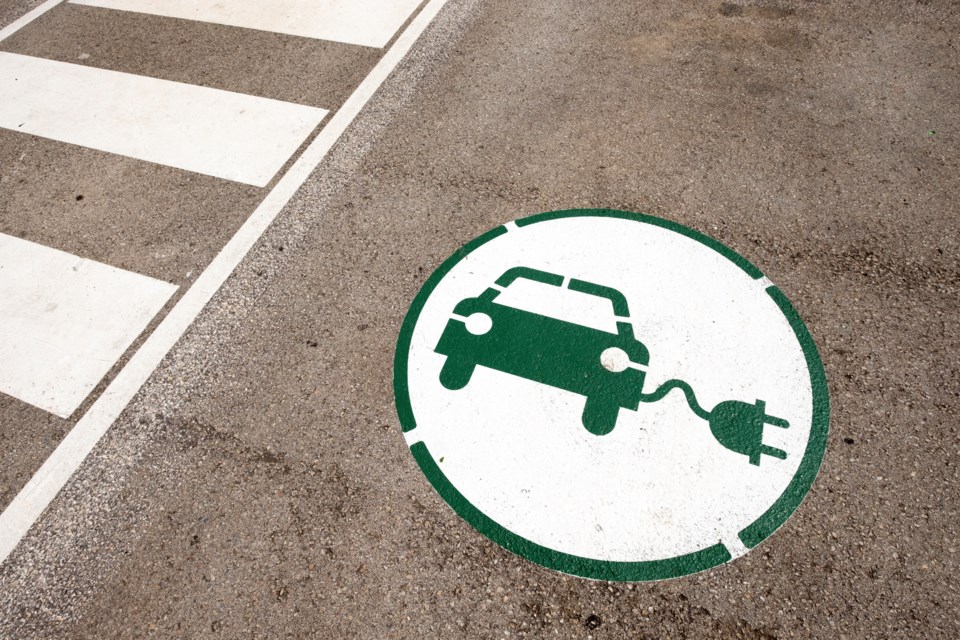With a series of wildfire-filled summers, and now the threat of a rained-out winter in a ski resort, the need to drastically reduce greenhouse gases is no doubt an emergency, especially here in B.C. Zero Emission Vehicles (ZEVs) could play a role with this initiative, but I must challenge MP Patrick Weiler’s optimistic declaration that “there is little or no environmental impact with the operation of a ZEV over time” (Pique, Dec. 29, “Zero-emissions vehicle standard lauded by Sea to Sky MP”).
I can’t blame Mr. Weiler, however, as this unfortunate misconception is shared even by many environmentalists. By fixating on tail-pipe emissions, we overlook many other negative impacts of driving cars and trucks...
Noise. Road traffic is the biggest contributor to so-called “noise pollution” (which in fact should be more accurately considered soundscape pollution). Though somewhat quieter than their gasoline-powered counterparts, ZEVs still produce enough noise to negatively impact the health of both human and non-human animals, especially along high-speed corridors like Highway 99.
Roadkill. A frog or a bird struck by a ZEV is just as dead as one struck by a conventional vehicle. Globally, motor traffic kills billions of vertebrate animals every year and trillions of insects. It also kills 1.2 million human beings.
Roads and sprawl. As long as we believe personal ZEVs are harmless, presumably we will continue to develop civilization to accommodate them, which means ever more roads and parking lots. Cumulatively, these have had a devastating impact on wildlife, especially through habitat fragmentation. The lighting associated with this infrastructure also imposes serious consequences on nocturnal wildlife. Largely independent of its contribution to global warming, the explosion in popularity of personal motor transportation over the past 50 years is now widely recognized as one of the most important contributing elements to the world’s biodiversity crisis.
Non-Exhaust Emissions (NEE). A vastly underestimated issue, any motorized vehicle carefully driven at modest speed on correctly inflated tires will generate 1.5 trillion ultrafine particulates every kilometre, mostly through tire wear. Because they are heavier, so-called ZEVs produce even more NEE. It is estimated that every year enough particulates are produced from roads to fill 30 large container ships. Wear of brake pads and of road paint contribute another four ships’ worth of these toxins. At least 10 per cent and maybe more like 30 per cent of all the plastic in the world’s oceans originates from roads. In nearby Puget Sound, entire salmon runs have been wiped out by road run-off.
So I hope politicians like Mr. Weiler and Prime Minister Justin Trudeau will reconsider their unbridled enthusiasm for private ZEVs, and instead focus their attention on means to reduce Canadians’ over-reliance on personal motor transportation. Rather than dedicating billions of dollars to subsidize the manufacture and purchase of electric cars, these funds would be more wisely redirected to improving infrastructure for passenger rail, transit and cycling.
And why not subsidize e-bike purchase? Funds could be bolstered by a surtax on the purchase of all personal gasoline-powered cars and trucks. This approach would not only be more effective for greenhouse gas reduction, but would benefit every living organism on the planet.




